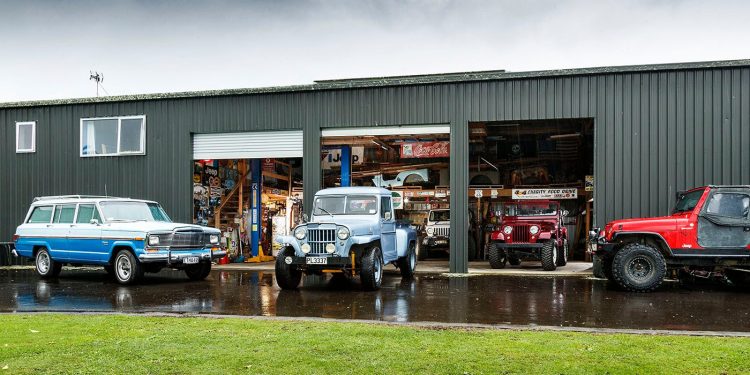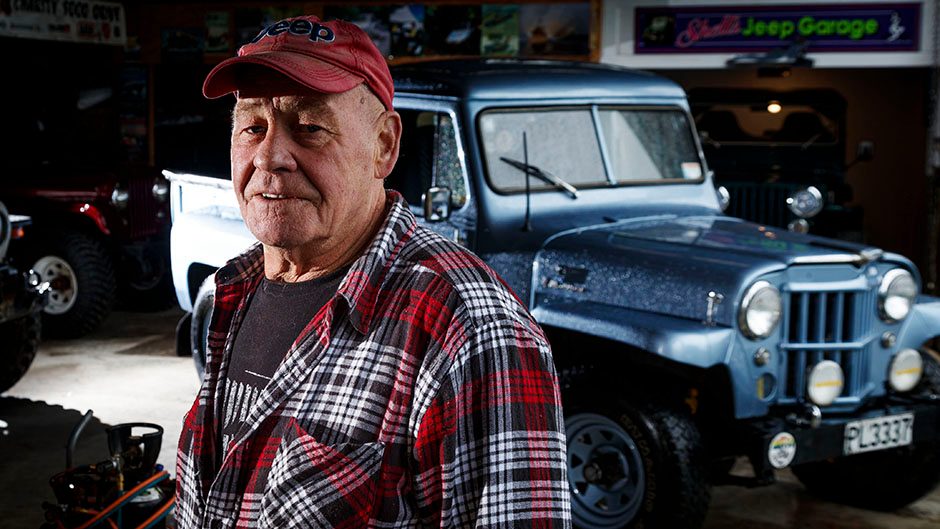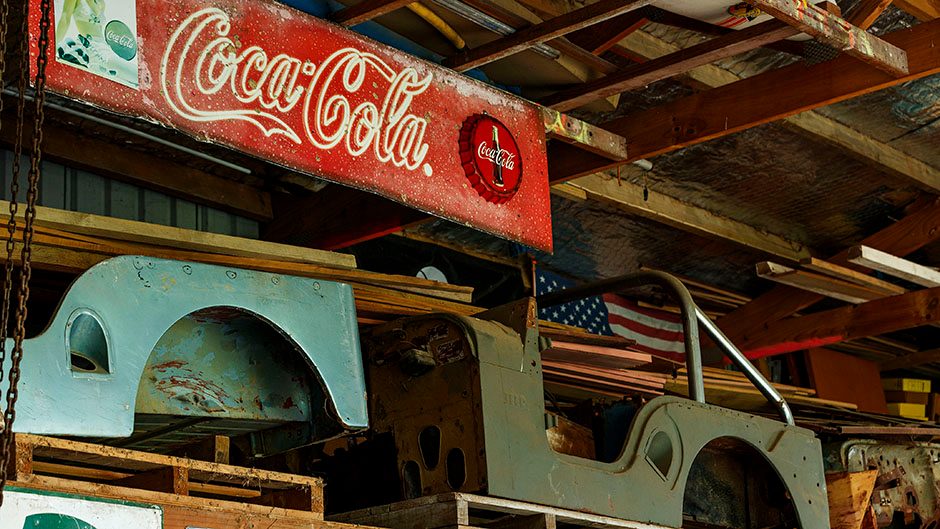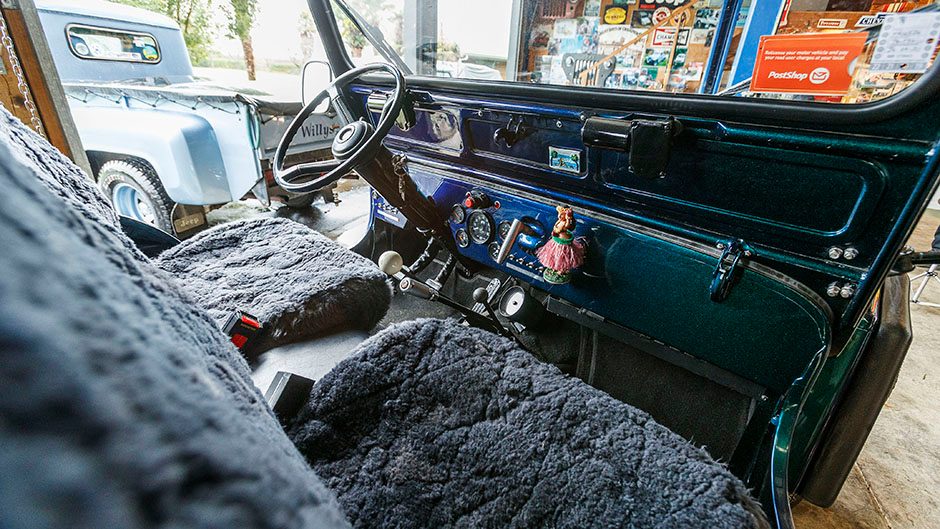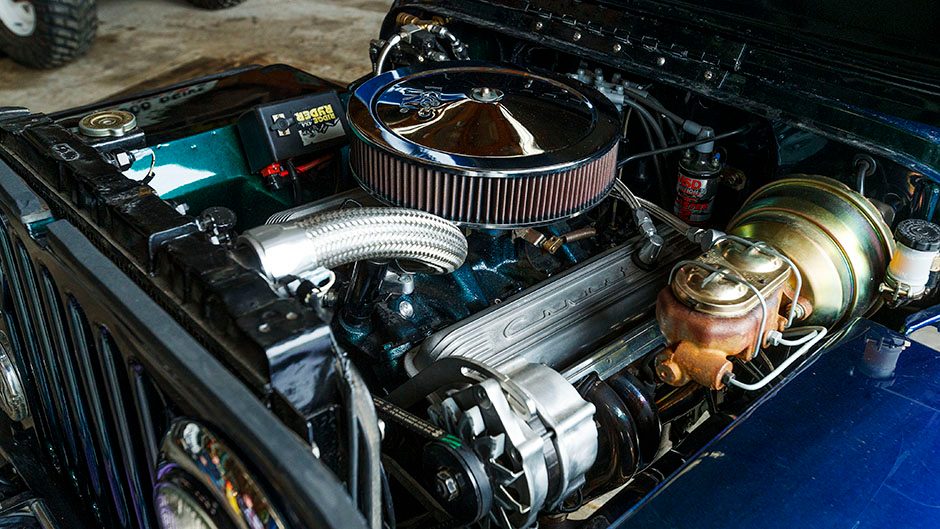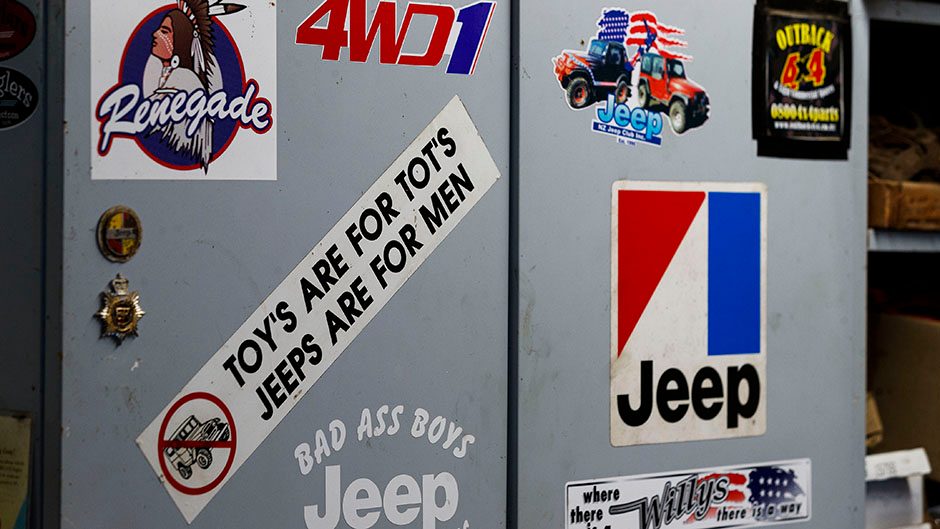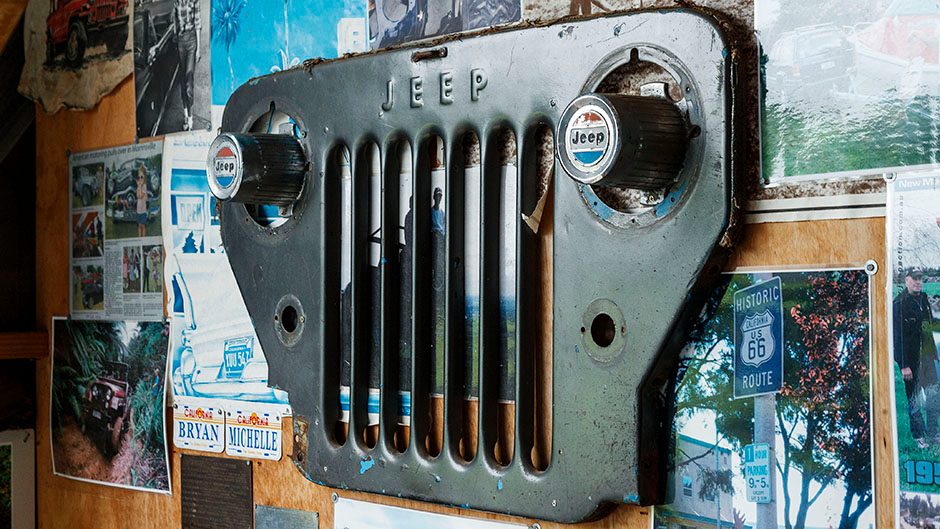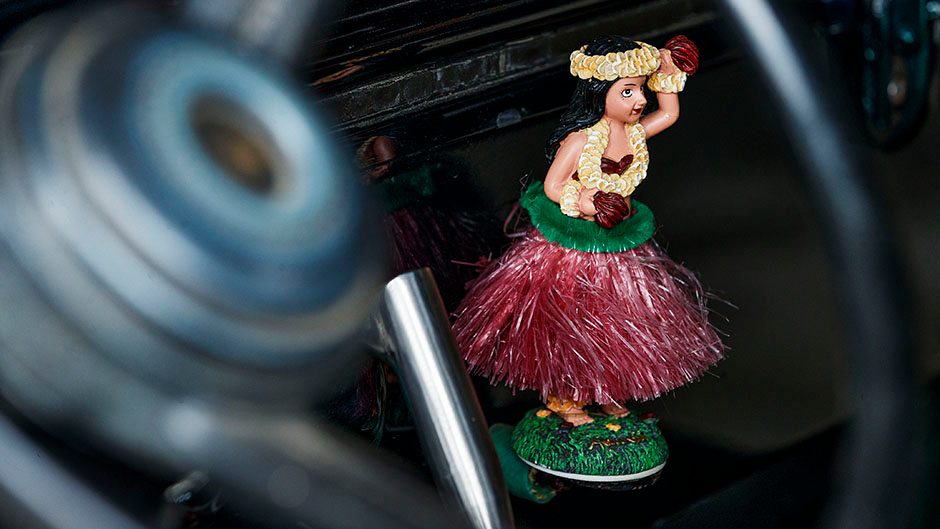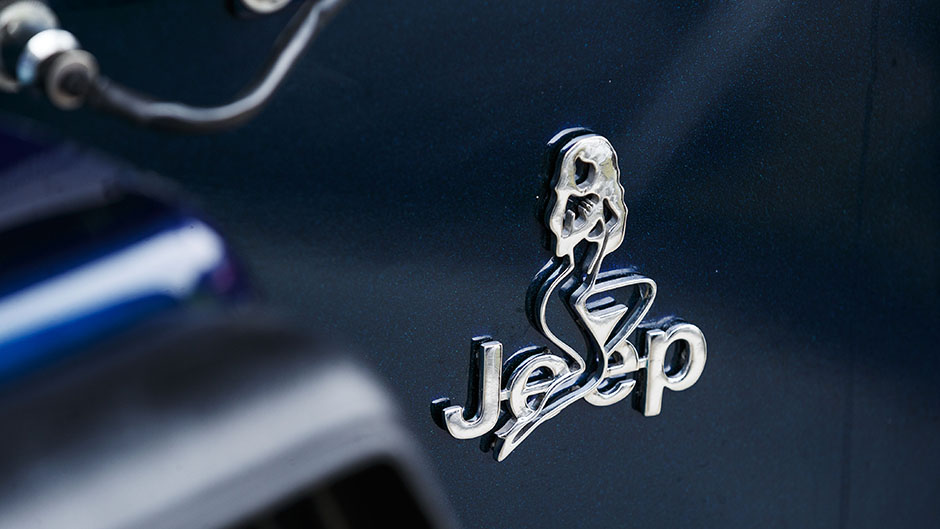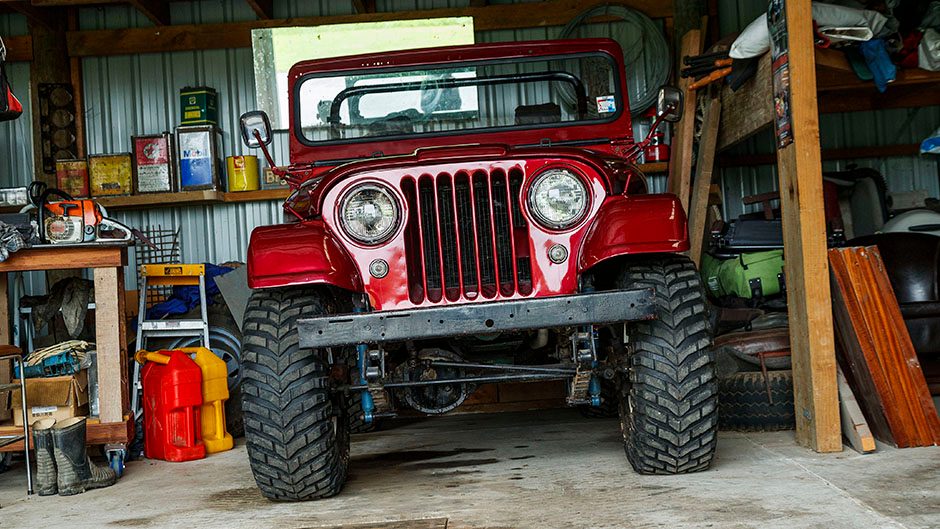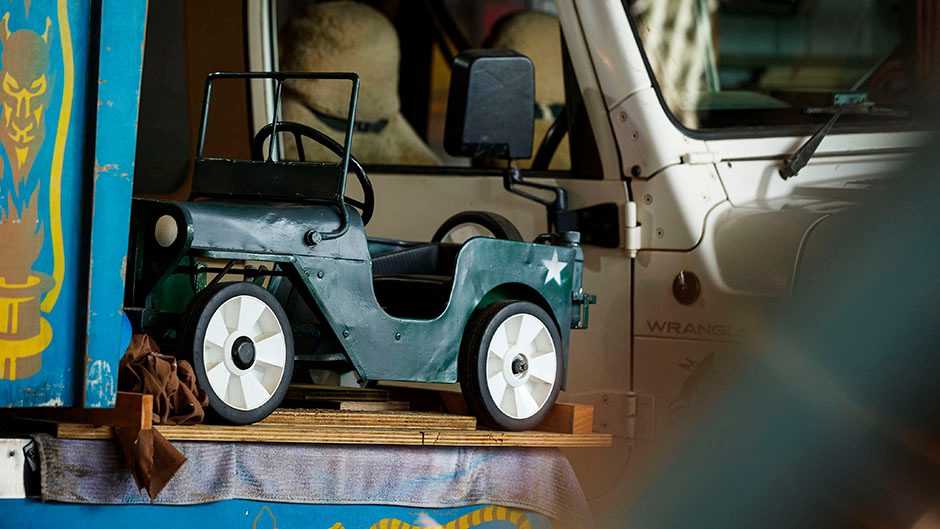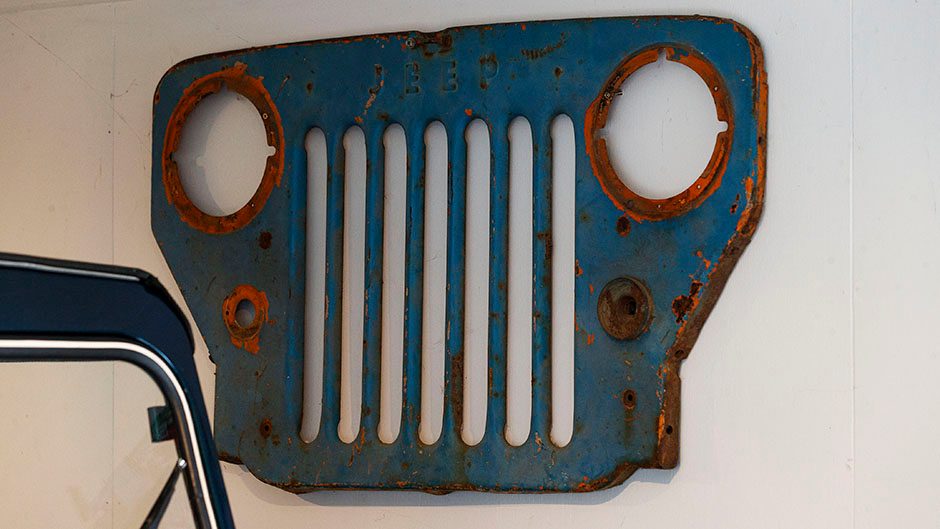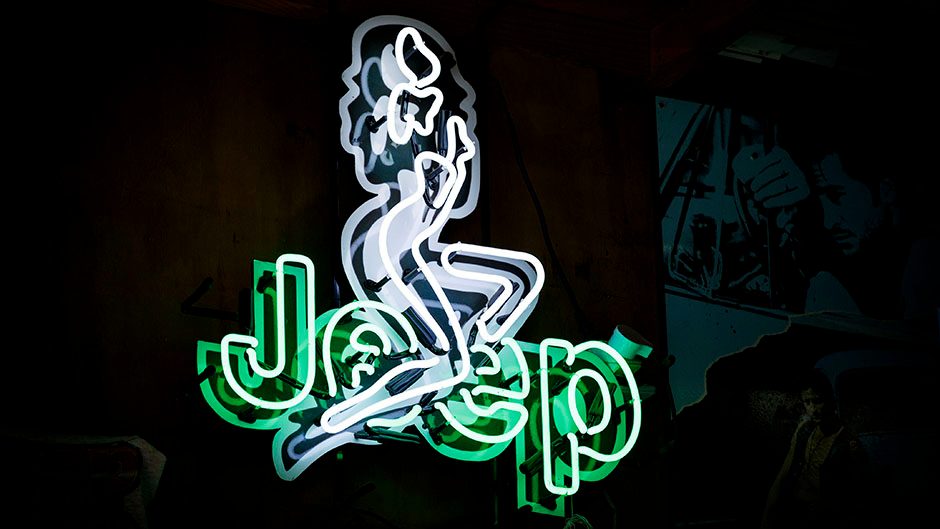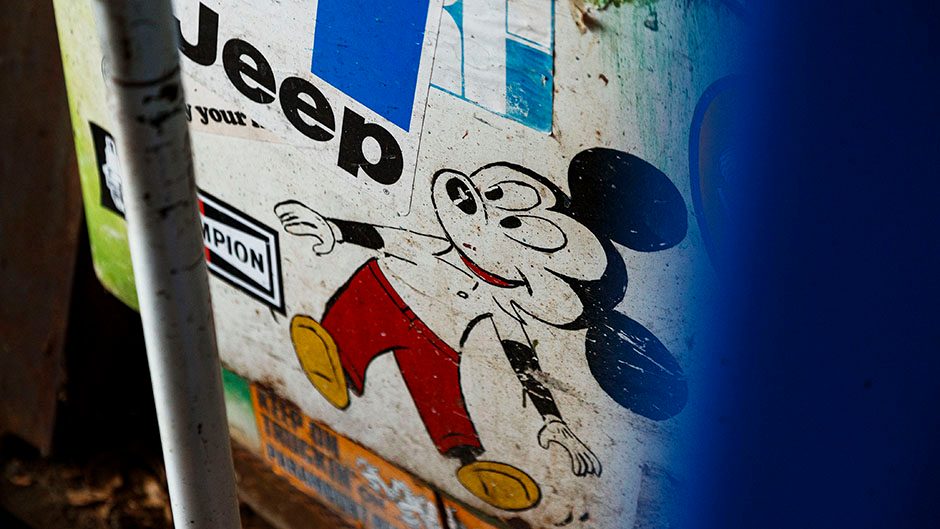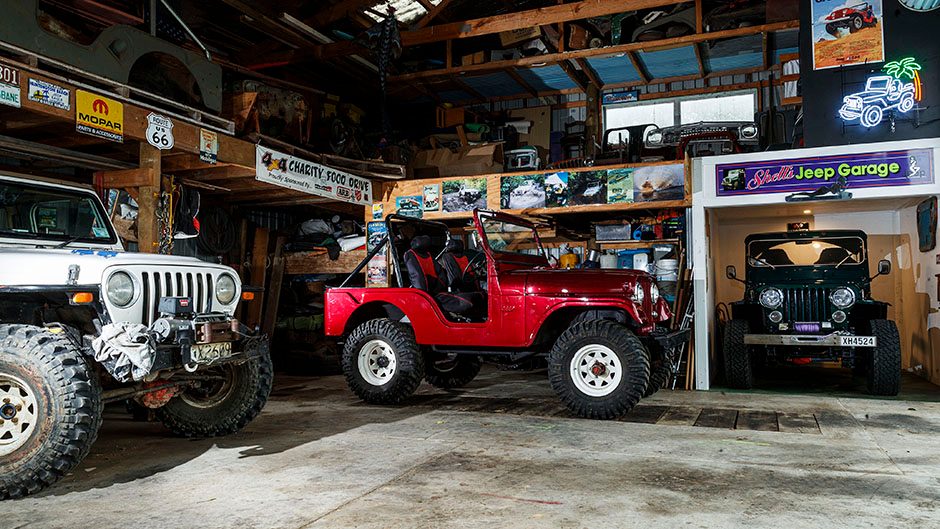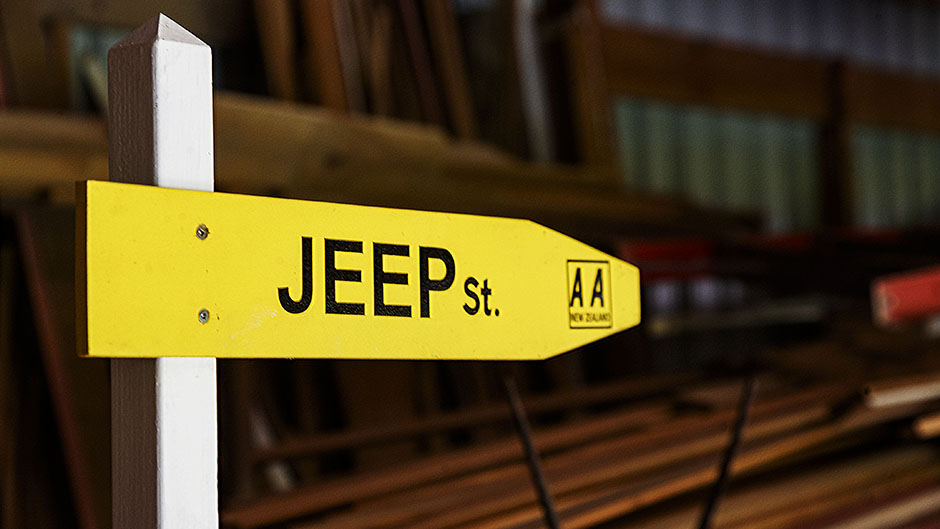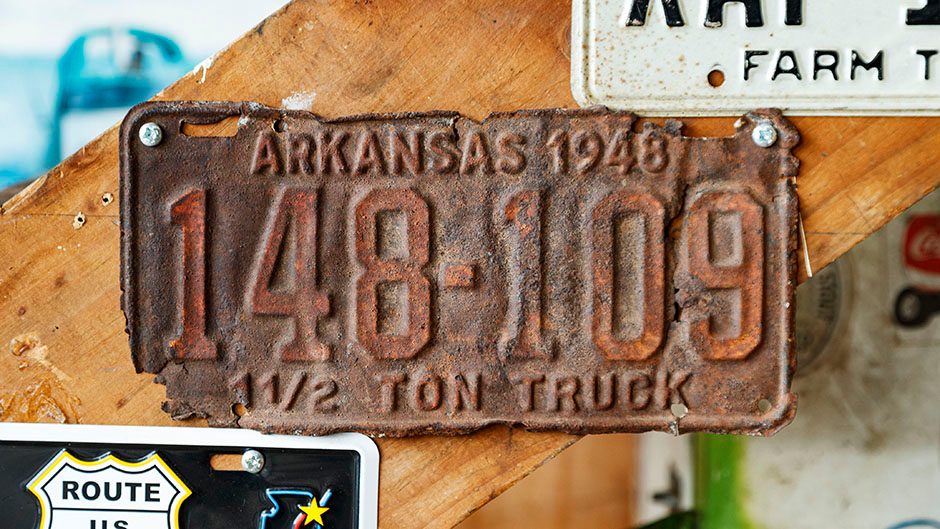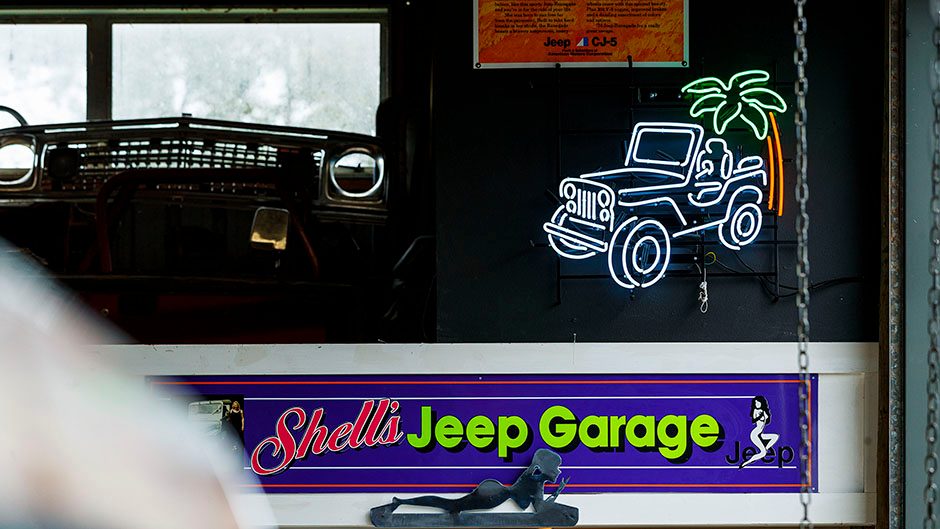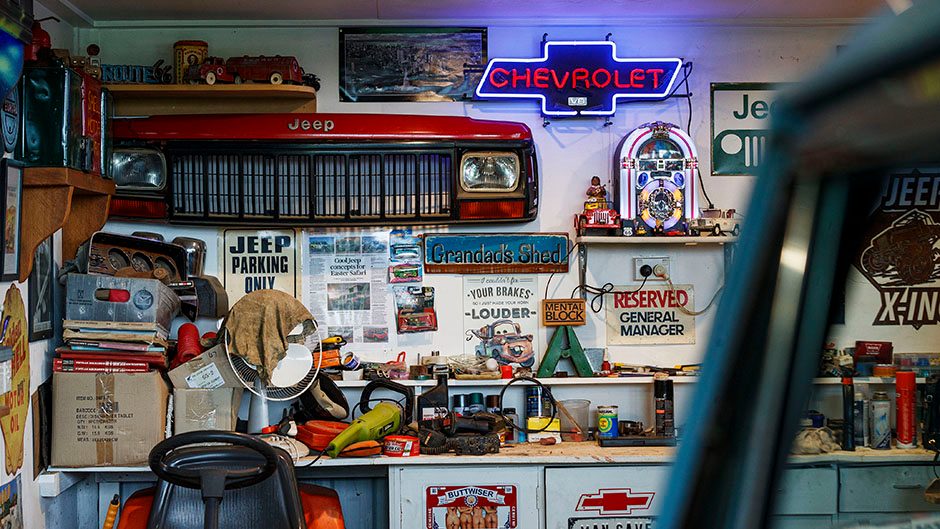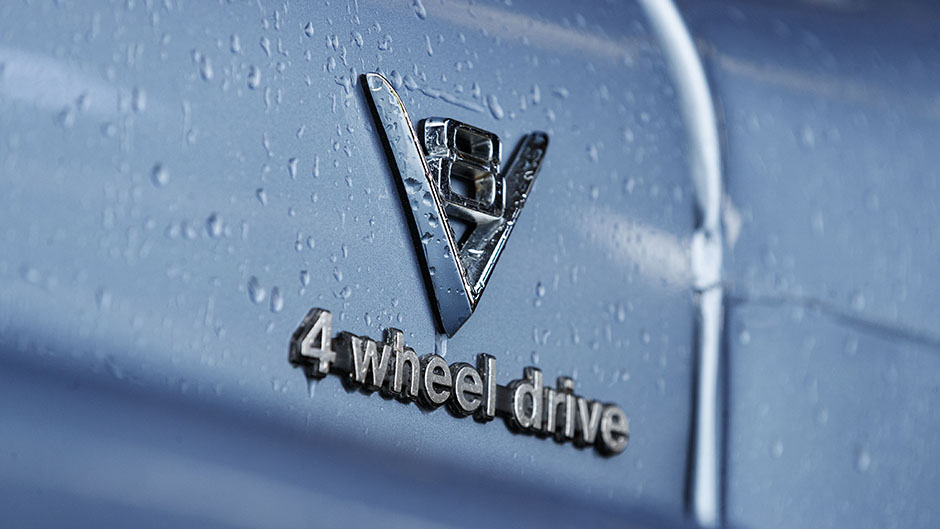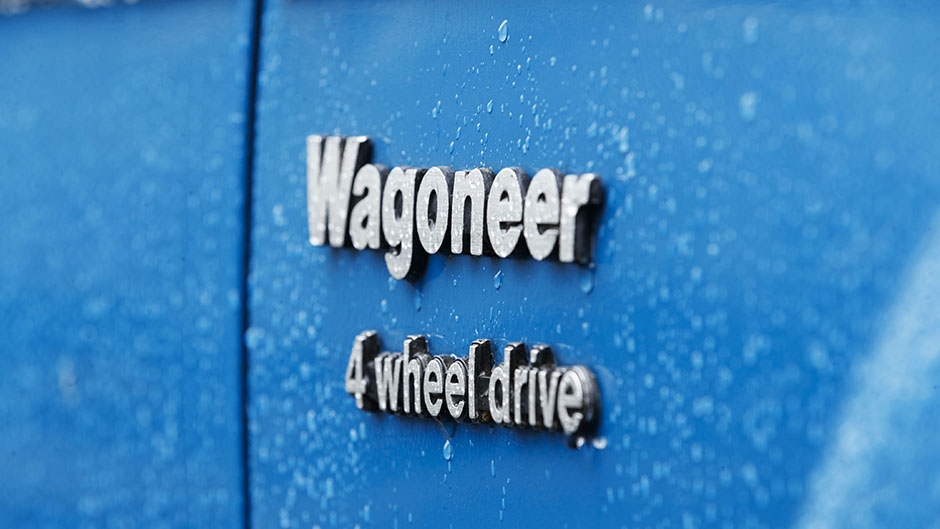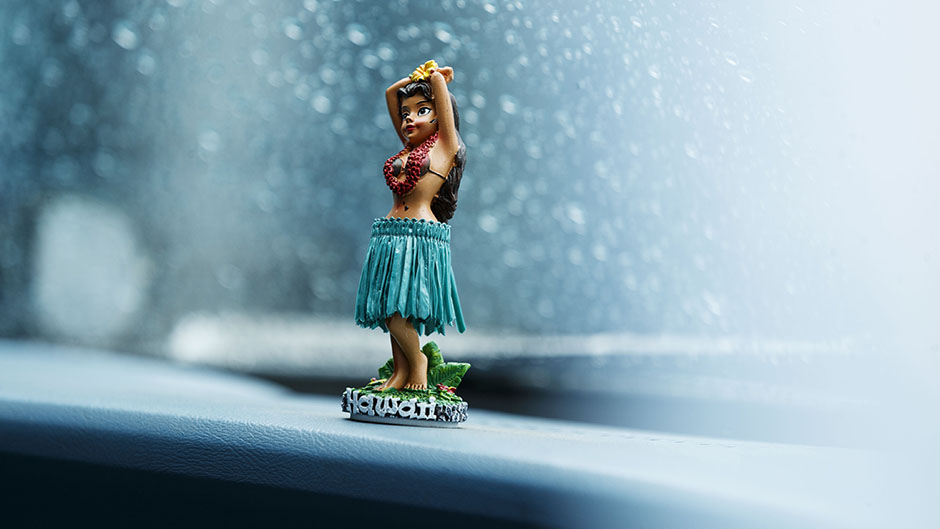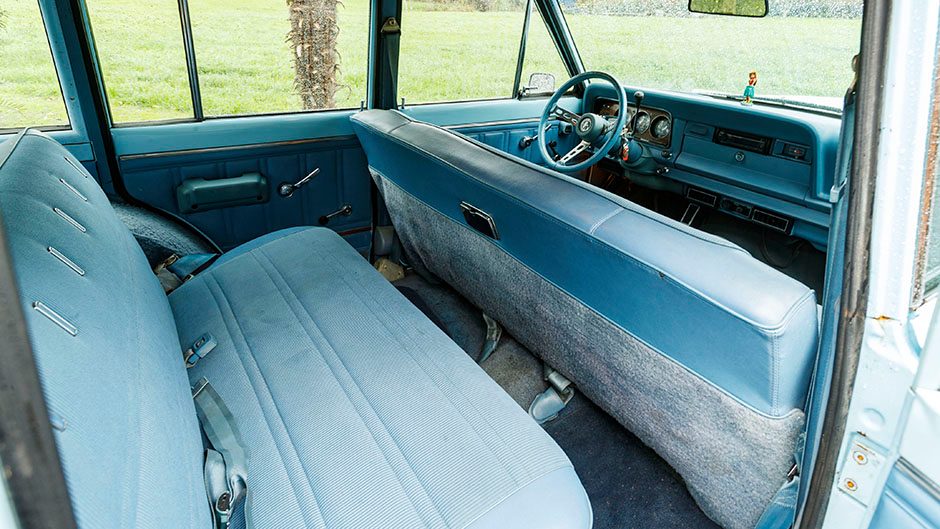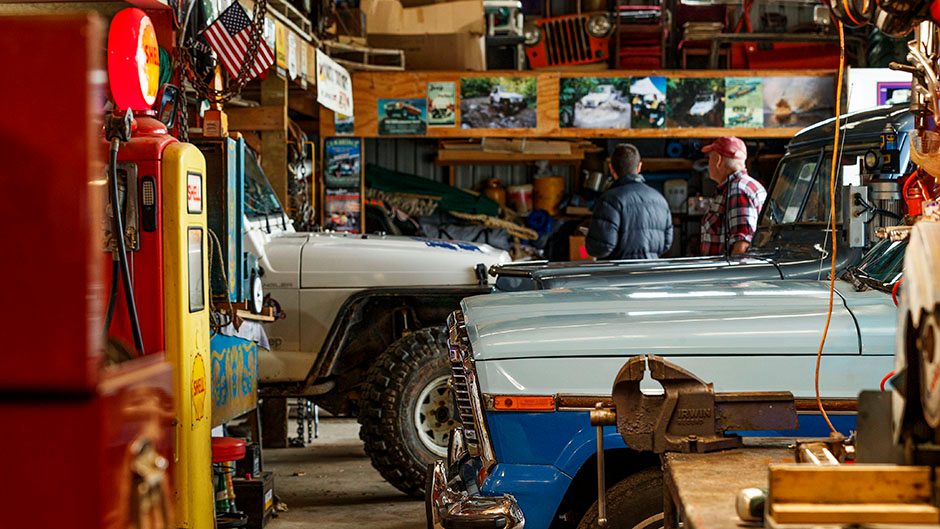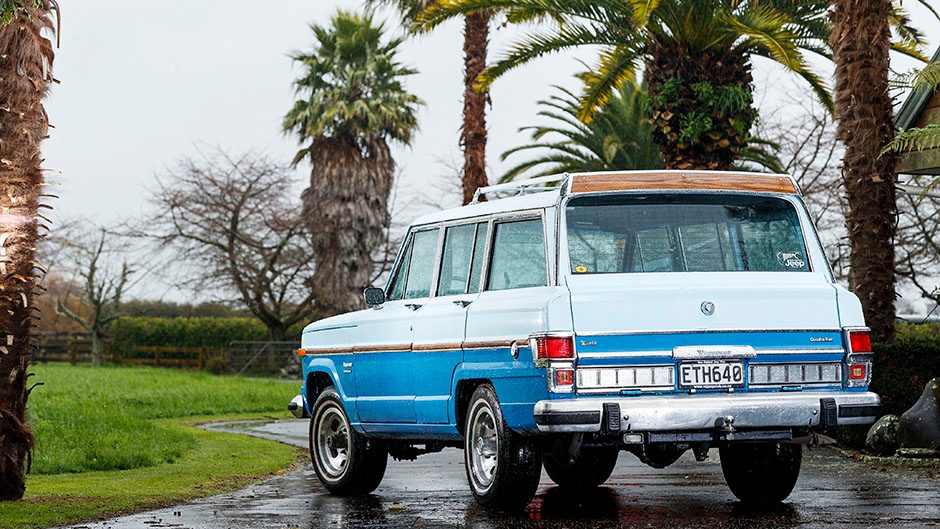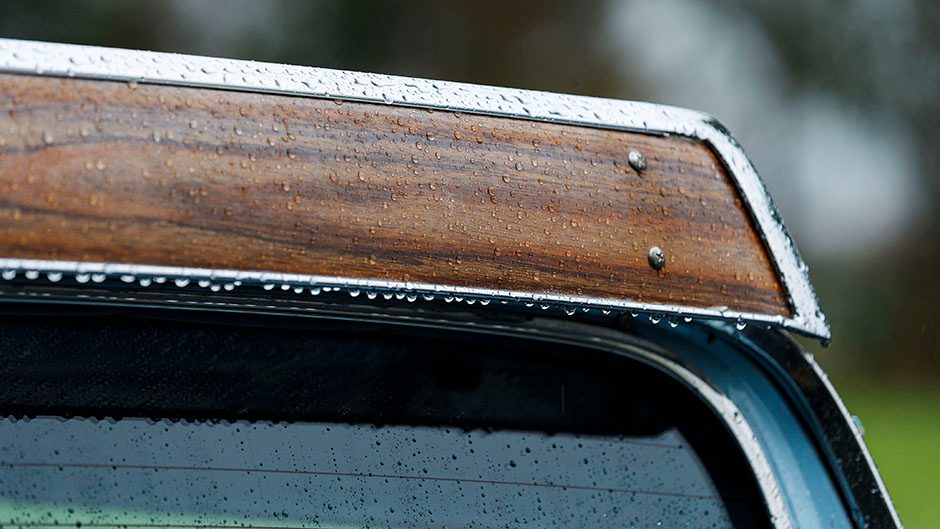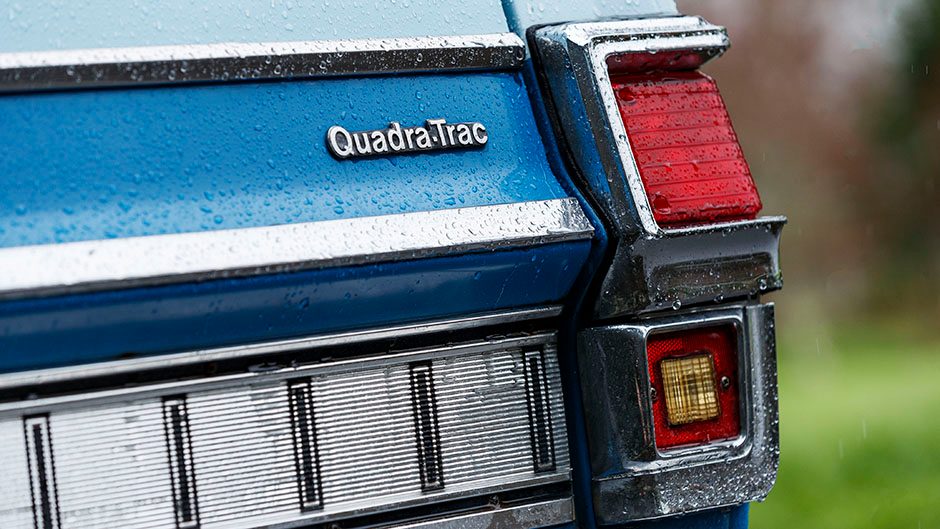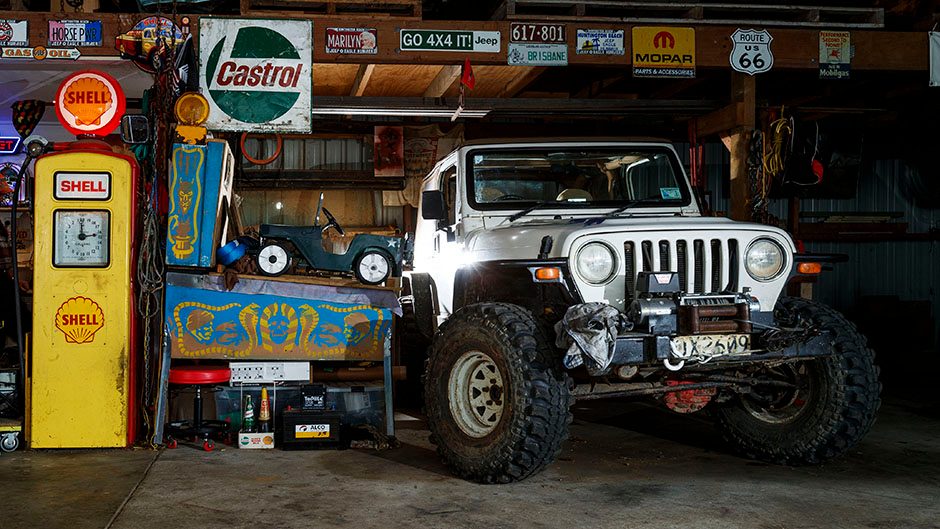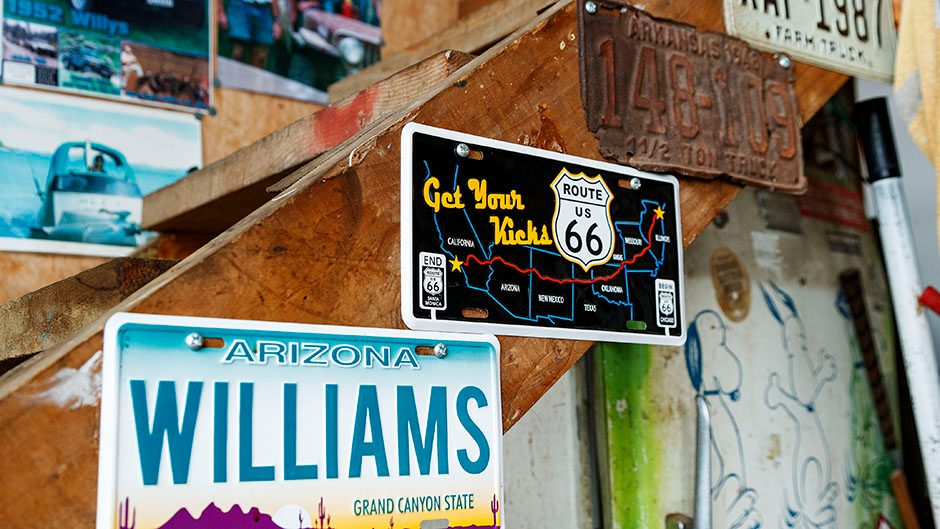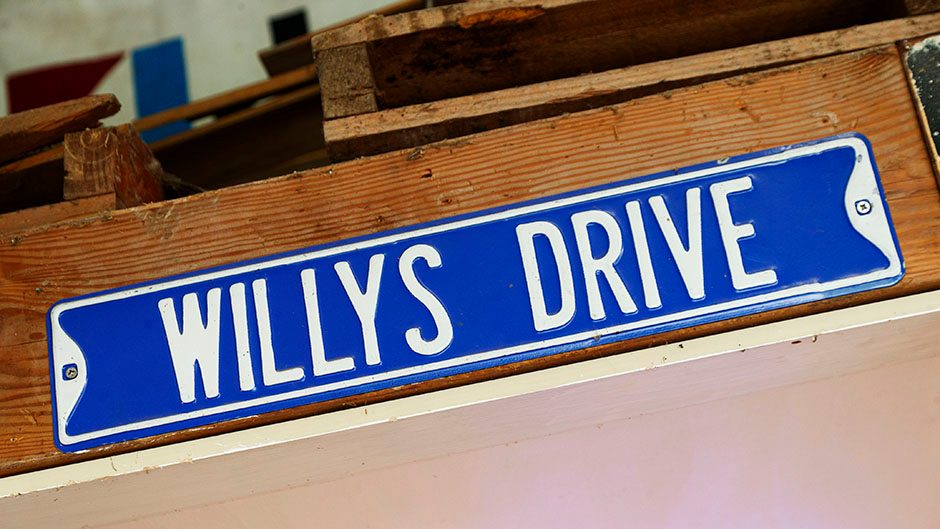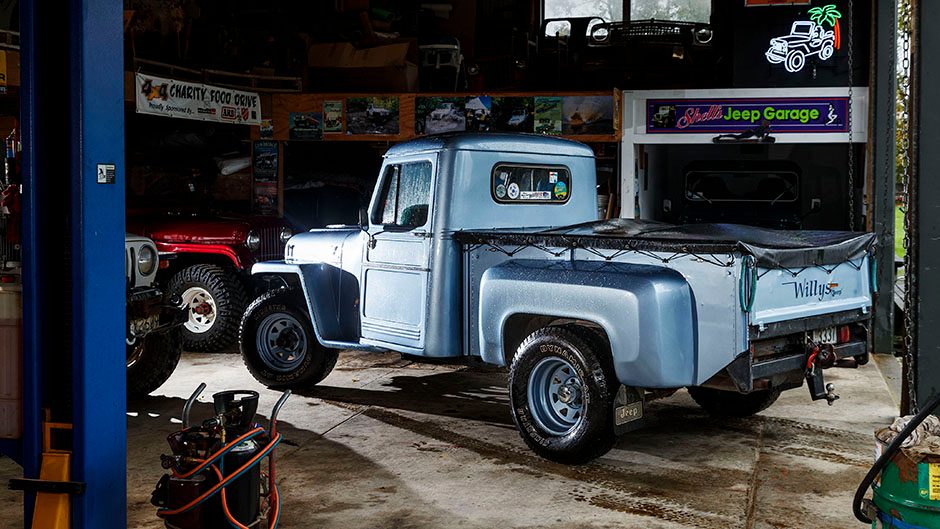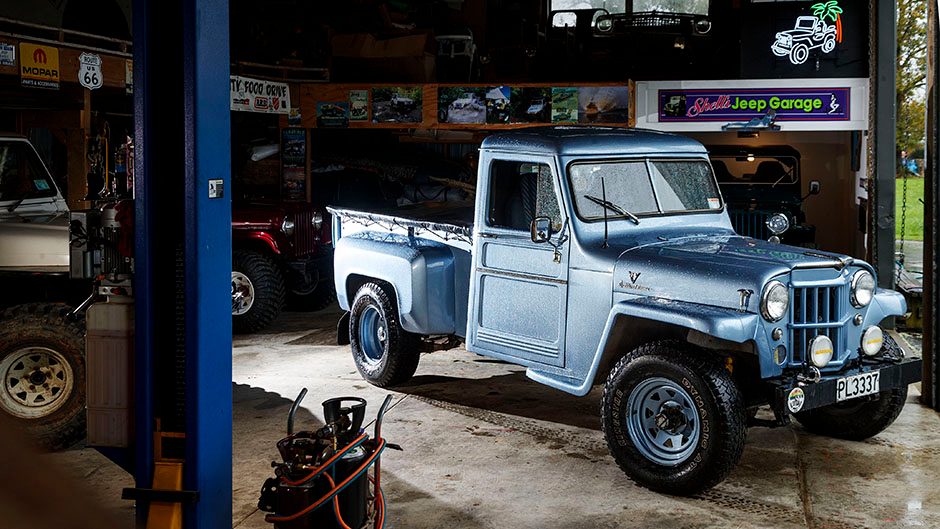Jeepers’ Paradise – One man’s epic Jeep collection
Words Kyle Cassidy | Photos Tom Gasnier
Jeepers is what they call aficionados of the long-lived off-road icon. And kiwi Jeeper, Bryan Williams, has a shed that is a grand shrine to the 4×4 religion.
Cambridge’s Bryan Williams is a Jeep man through and through. He currently owns 11 of them but has had countless more over the years. His first was the quintessential Jeep, a 1942 Ford GPW model bought over 40 years ago. It was during his time in the army, in the days of compulsory training, that he got a taste for off-road life. Driving the army’s old Bedford RL trucks around the Waiouru training area and down steep, snow-covered slopes for the first time, he thought ‘jeez, this is choice’. Soon after escaping the army he knew he just had to get a 4×4 and the Jeep was the best fit for purpose.
Williams joined the Waikato 4WD club in the early 1980s, and it was then he realised that the army hadn’t really taught him much about four-wheel driving. Tricks such as lowering tyre pressures were new to him but he quickly learned the ropes and has been an enthusiast ever since, even establishing the NZ Jeep club in 1990.
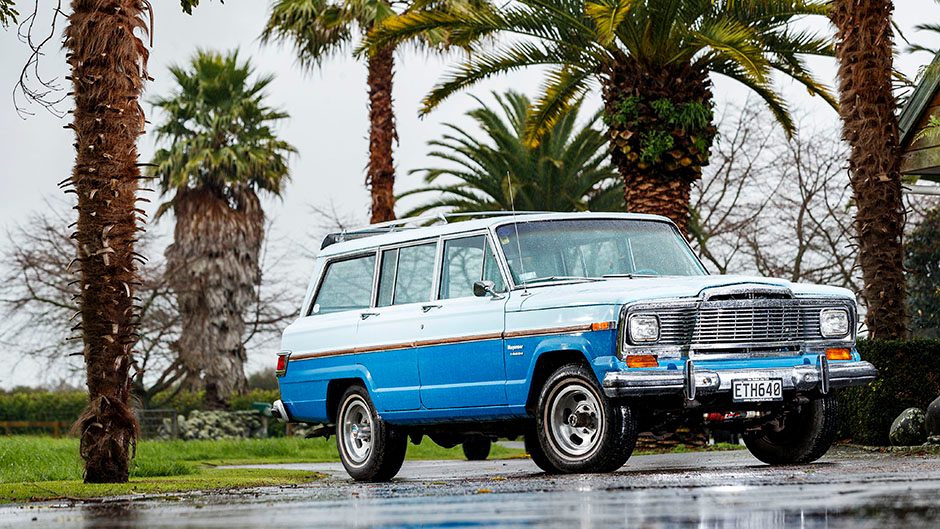
He’s been off-roading all over the country and around Australia and the US, taking on the famed Rubicon as a co-driver. He was into 4WD rallies, or ‘trails’ as they are called now, though confesses that competing currently is well out of his league with everyone running around in $100k trucks. He still likes to get out in one of his three ‘bush’ Jeeps however, which he tows around everywhere behind his trusty J20.
He’s always liked the look of Jeeps, particularly the CJ5, and of the newer models, the fact you can buy so many aftermarket parts for them that has kept him loyal. He says the old ones are easy to restore, being mechanically straightforward and there are lots of reproduction parts available. A builder in a past life, he refers to himself as a backyard mechanic who has the help of a couple of friends to tell him what to do and what not to attempt. Working on his Jeep collection is made easier thanks to his shed. It was a dream fulfilled 20 years ago, but now he says he needs a bigger one.
We delved inside to find a red CJ5 tucked away in the back. The CJ series was Willy’s ‘Civilian Jeep’, an evolution of the MB. The CJ5 was first introduced in 1955 when Willy’s had fallen under Kaiser Industries management. The CJ5 is recognisable for its rounded front fender guards and larger lights with the slats of that famous grille bunched more tightly together. The CJ5 had a few more concessions to civilian life, such as more form-fitting seats, backlit instruments and a larger windscreen to provide a semblance of extra protection from the elements. It still didn’t have any doors though.
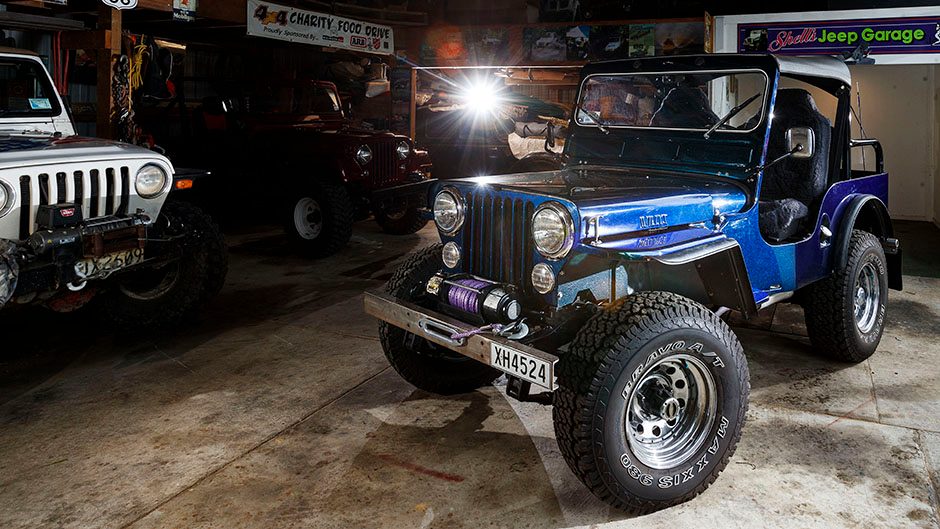
Originally powered by the four-cylinder Willys Hurricane, other engines included a Buick V6 made under licence and, when American Motors took control in 1970, it was repowered with a 4.2-litre IL6 or the option of the 304 V8. These bigger engines required a dimensional change, so the wheelbase increased along with the bonnet and front fenders. The CJ5 was produced right up until 1983 with more than 600,000 made. The Williams example is still powered by an OHV four cylinder, as he’s tried to keep it original. He’s had it for over 20 years and it has been repainted as part of a general tidy-up.
He’d previously owned one of the V8 models, which he loved and says is one of a few Jeeps he wished he’d never parted with. Another he kicked himself for letting go was a Willys Stationwagon, a rare panelvan version. This loss was especially sad after finding out it had been smashed up in a drink drive incident shortly after.
His blue 52 Willys Pick-up was in a bit of a state when he came by it as a cab and flat deck. The Willys Jeep Pick-up Truck was made between 1946 and 1964, some 200,000 minted. It was available in various body forms including the Pick-up, Stake Bed, and Cab & Chassis models. It was essentially a truck version of the Willys Jeep Stationwagon, and originally used the same 2.2-litre Go-Devil four cylinder engine. It was available in both rear- and four-wheel drive versions, though by 1950 the rear-drive models were dropped. With a three-speed manual transmission, the 4×4 version with a two-speed transfer case had a one tonne payload.
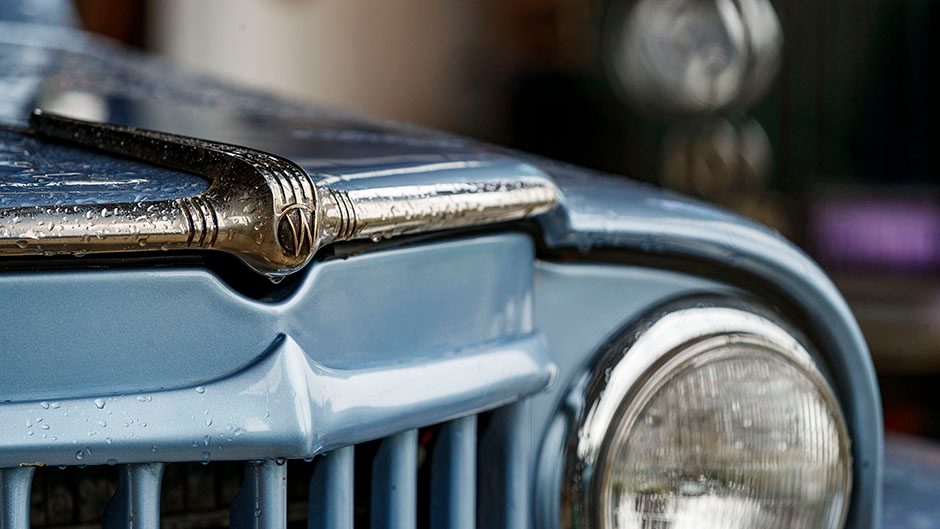
While this blue truck originally had a four-cylinder, it now has a 350 Chev under the hood, and is matched with a Turbo 400 auto. The rear end has been changed too as Williams said it was revving its guts out at 100km/h. He says it now cruises better without drinking all of the petrol in the country. Williams fitted a new rear end on this one, and he still uses it on the job to deliver garden stones around the area. While it’s in good shape for a workhorse, he says it is in need of a refresh at some stage, as the rust never sleeps.
The Jeep Wagoneer dates back to 1962, a ‘luxury’ 4×4 predating the Range Rover by eight years. It remained in production for an astonishing 29 years using the same chassis. The Wagoneer was introduced when Kaiser Industries was in charge, a replacement for the Willys Jeep Stationwagon. It was based on a pick-up truck chassis, the SJ platform, and was available with independent front suspension for added on-road refinement. For the time it was unique in that it was a 4×4 offering power steering, an automatic transmission and interior features like a radio and air con. Contemporary competitors were mainly work wagons, and so many regard the Wagoneer as the precursor to the modern day SUV. It was eventually killed off in 1991 by new safety standards and the rising cost of gas at the time.
Williams’ 79 Wagoneer is from the AMC era and came with the Quadra-Trac full-time four-wheel drive system, which debuted in 1973.
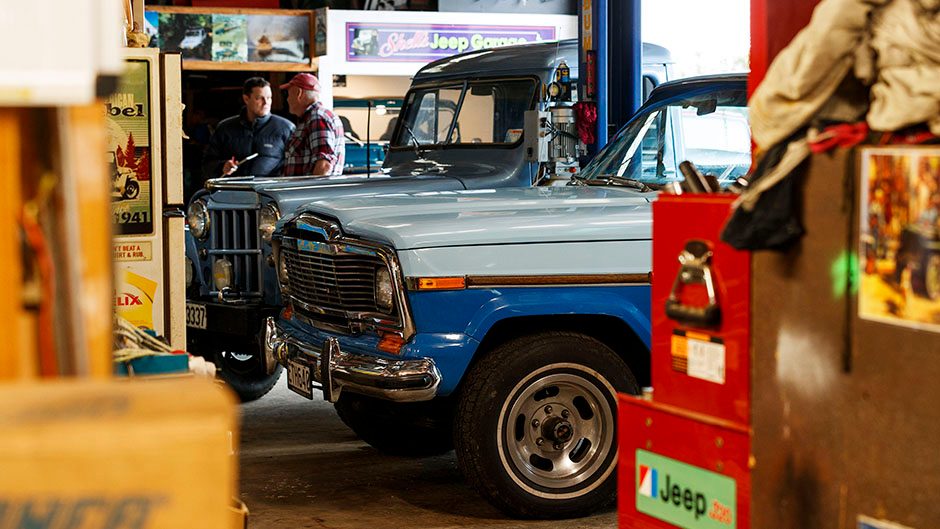
Williams added the Wagoneer to the shed a few years back. It was sitting unloved in nearby Ohaupo, and after some skilful negotiating Williams managed to secure it for just $9500 along with about $8000 worth of spares. Some bits needed rectifying to get a warrant but he reckons he got a good deal. He just wished he’d kept quiet on the price as his Jeep club mates now all know what it’s worth. This has the AMC 360 cubic inch V8 and the Turbo 400 transmission, the last year the Wagoneer was offered with this combination. From the factory it had all the mod cons, AC, cruise control, intermittent wipers, some of which still work. Another thing he needs to sort is the 4×4 system which at some point in its life has been converted to a rear-drive set up with freewheeling hubs up front. As he says, he’ll get to it. Apart from that, it’s largely original, having covered only 40,000miles. He says it’s almost as good as his current Grand Cherokee in terms of ride comfort, cruising well for something of its vintage.
Williams’ passion is something shared by his partner Michelle who has her own Jeep, a fully restored 1952 CJ3, in the shed, albeit in the corner… Williams admits he was taking Michelle around the car shows and slowly turned her into a petrolhead. While he was busy buying this and that, he had to think of a way to keep her happy as well so he gave her the CJ3 to make her own. It was subjected to a two-year restoration, right back to the bare chassis. The CJ already had a V8 snugged between the chassis rails, the 282 Corvette engine swapped at some point during its life in Hawaii. It runs a three-speed manual though we had to get Williams to tell us about the four levers sprouting from the floor. One is the gear lever, another engages four-wheel drive, another the low range while the fourth is an overdrive system which is operable in every gear, giving it six gears overall. The paint was important; it’s one of those colours that changes depending on the light. Williams said when he reconditioned the V8, he painted the block the original Chevy orange, only to have to take it back out and paint it purple, as per the boss’s wishes. And he had to search long to find the purple snatch rope for the winch too.
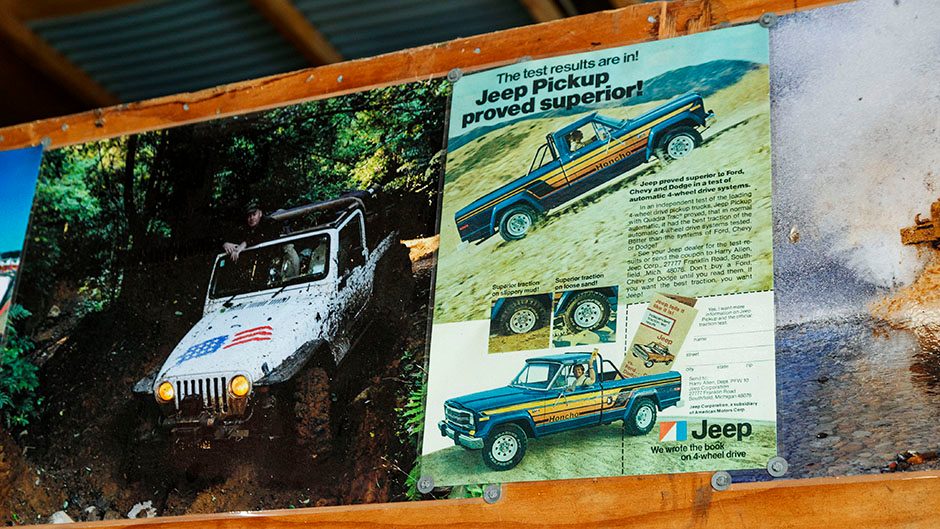
There are a heap of parts stashed about the shed as Williams confesses to never throwing things away; you never know when you might just need it.
So how come there is no Willys MB in the collection? He still pines for his old one, but it, and a GMC 6×6, were reluctantly sold in a partnership break up. He describes it as a tragic mishap (the loss of the Jeep that is, not the partner) but he’s glad he saw the light. He just wishes the relationship hadn’t cost him his beloved Jeep. He’d poured a lot of work into getting it right and confesses to almost crying when he saw it go off out the drive. At least he still has his shed though.


